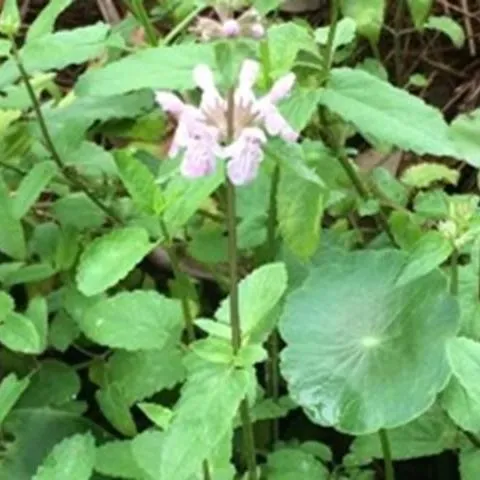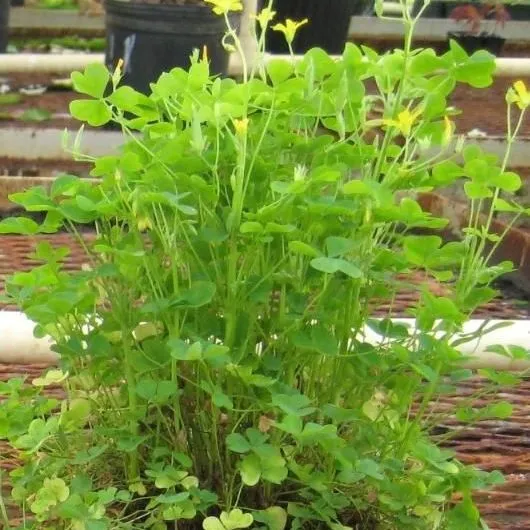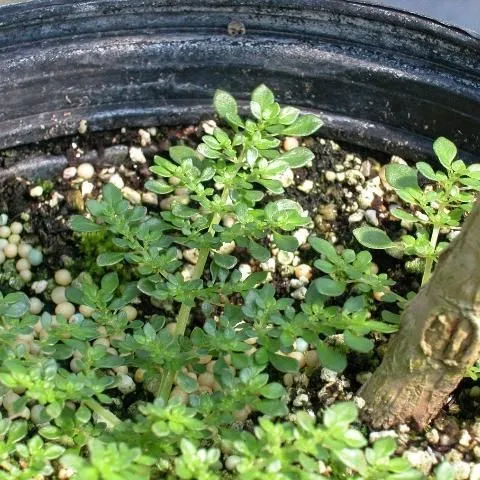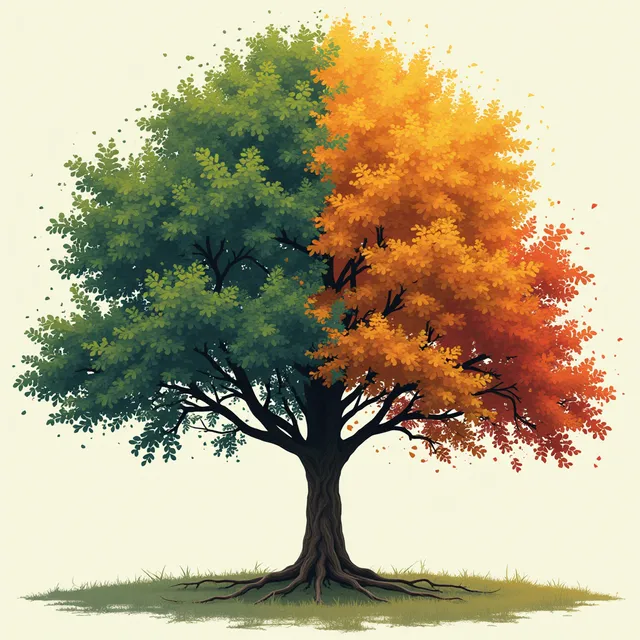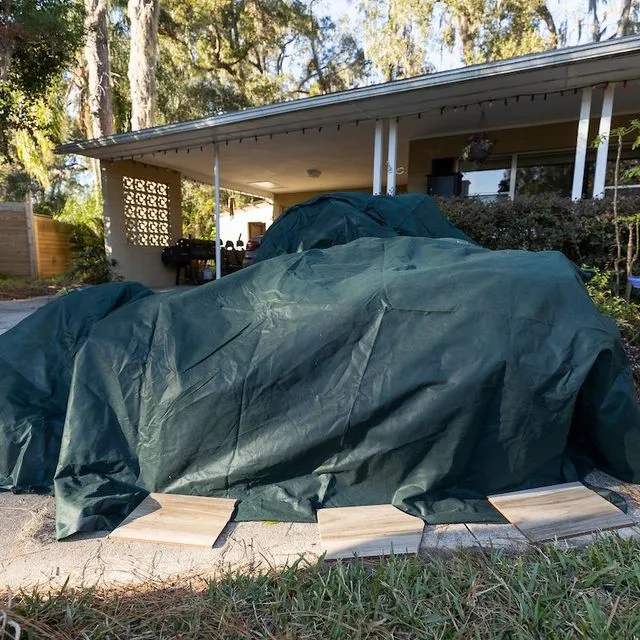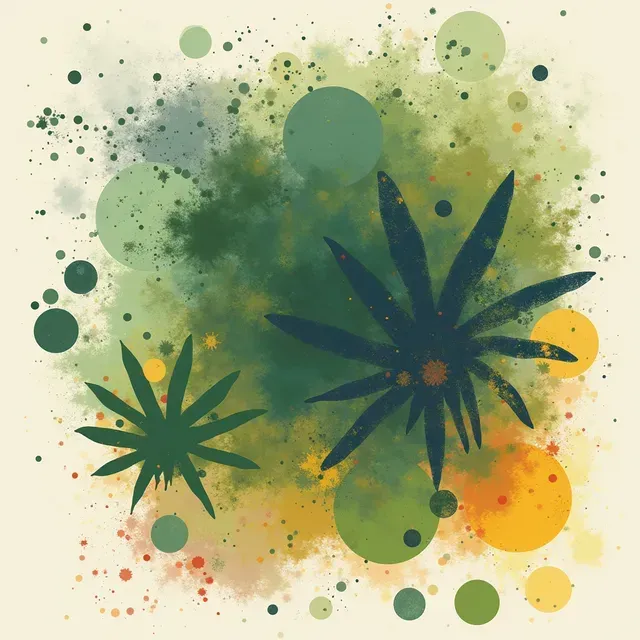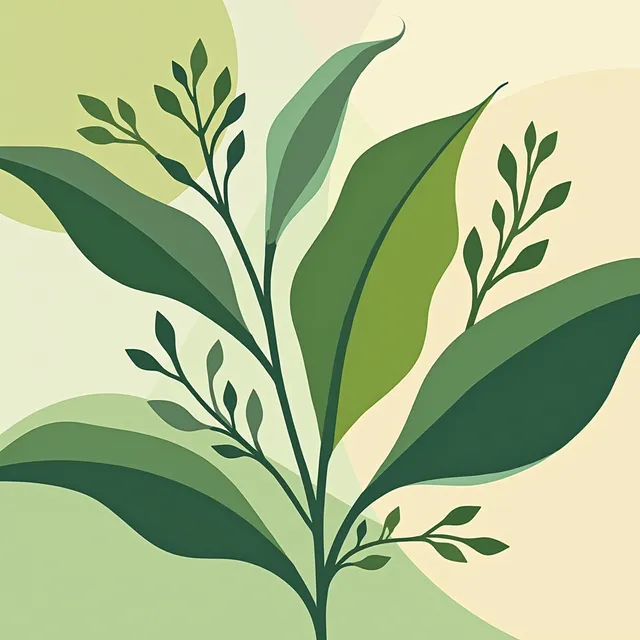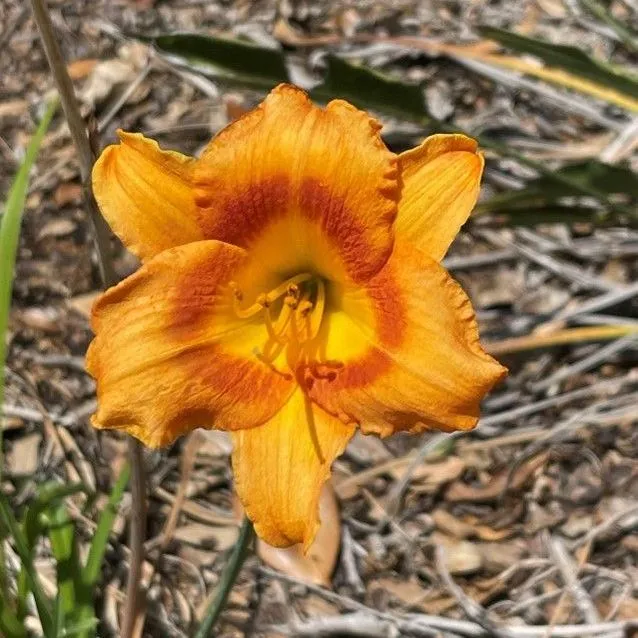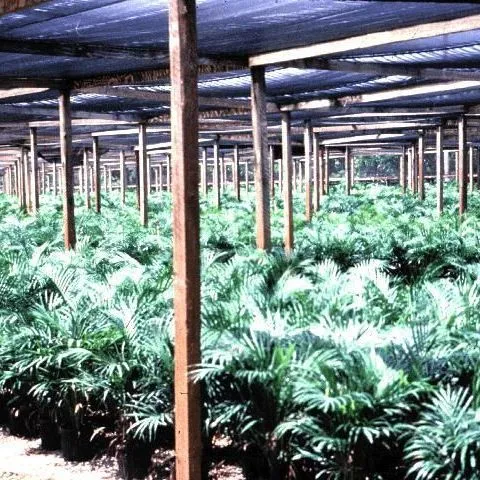Common Poisonous Houseplant Species in Florida
Yuvraj Khamare and Chris Marble
Plants inside our homes, offices, or those used as part of a patio garden have been shown to create a relaxed, productive environment and to improve indoor air quality. Overall, they are efficient, low-cost, and sustainable. While houseplants are safe to grow and provide many benefits, some can be toxic if ingested accidentally, which could be a concern for those with pets or small children. This publication is intended to inform homeowners, home gardeners, pest management professionals, and other plant enthusiasts of some of the most common poisonous plant species used as houseplants in Florida. It should be noted that while photos are provided of each species, there are many variations of each plant described, which could have different foliage color, variegations, slightly different leaf shapes, or flower colors.






























